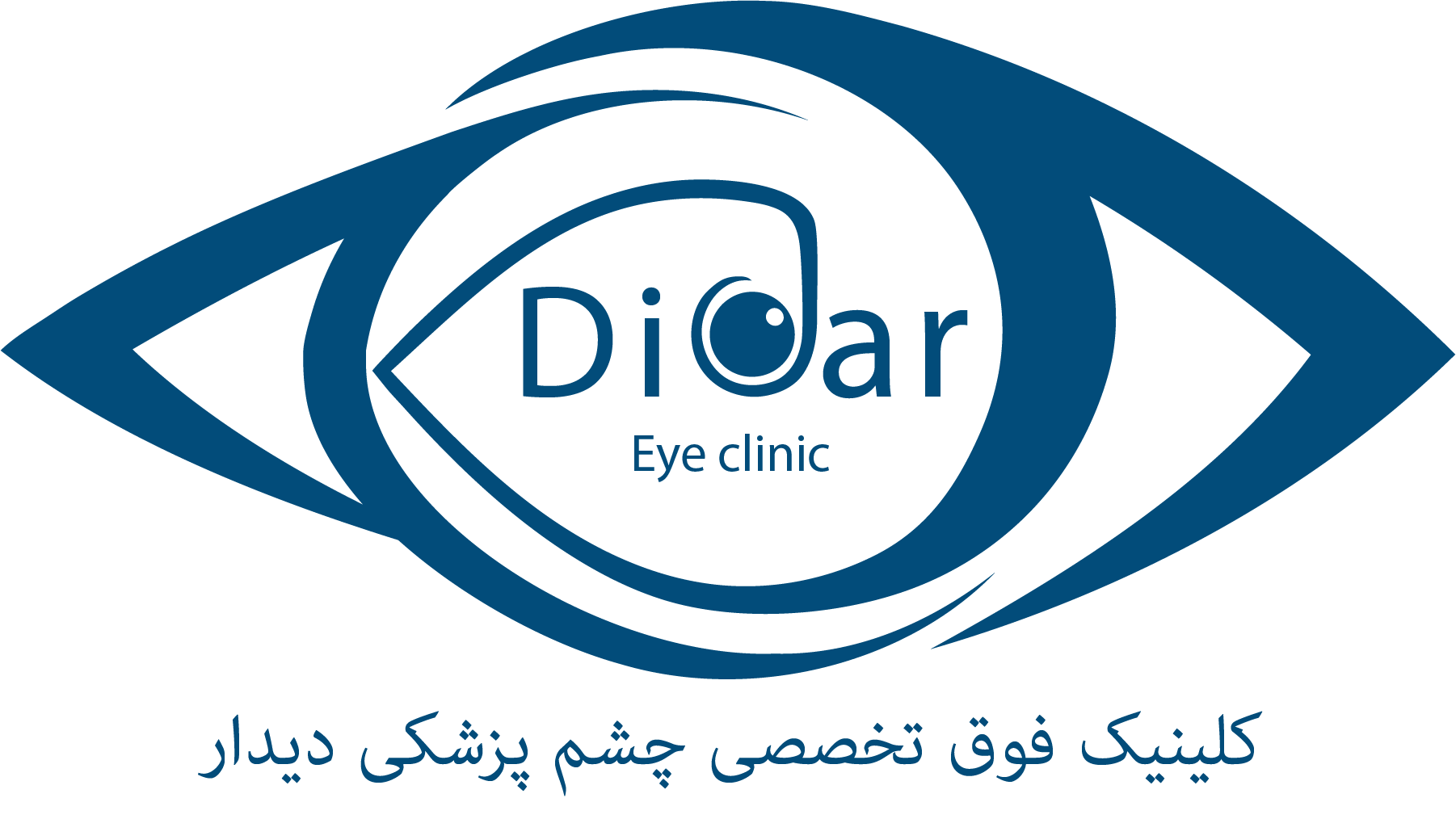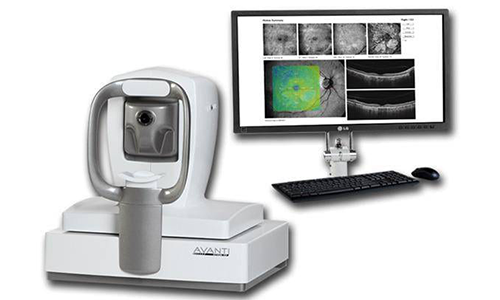OCT برای ارزیابی دقیق اختلالات ماکولا بسیار ارزشمند است. قبل و بعد از عمل جراحی کاتاراکت انجام این تست ضروری است؛ چرا که پیش آگهی وضع بیمار قبل از عمل لازم است و ضمنا برای بررسی علل ناکامل بودن دید بیمار یک هفته بعد از عمل کمک می کند تا از وضعیت ماکولا مطمئن شویم چرا که از اختلالات لایه های مختلف رتین و کوروئید که ممکن است در دید بیمار تاثیر داشته باشد ما را مطلع می سازد.
با امتحان کلینیکی ته چشم فقط 28% Lamellar Hole که با OCT مشخص شده را می توان تشخیص داد. باید توجه داشت که اکثر ویتریورتینال ترکشن و مامبران اپی رتینال بدون این وسیله تشخیص داده نمی شود و ضمنا باید دانست که جراحی کاتاراکت اکثرا چنین اختلالاتی را به وجود نمی آورند بلکه از قبل زمینه آن فراهم بوده است.
پاتولوژیهای رتین مثل ویتریوما کولرترکشن،لاملار ماکولار Hole و آترئفی کوروییدسنیلرا اکثرا در امتحان ته چشم نمی توان تشخیص داد.
با OCT هیالویید خلقی و ارتباط آنرا با ماکولا می توان تشخیص داد ناحیه ای که در ماکولا ادما و دژسانس ماکولا رل عمده دارد و در واقع تنها وسیله ای است که اختلالات کوروئید را دقیقا مشخص می کند.
آتروفی کوروئید یک عامل خطرساز برای گلوکوم به شمار می آید مخصوصا وقتی همراه با آتروفی پری پاپیلار باشد. این بیماران دید خوبی نخواهند داشت حتی اگر ماکولا سالم به نظر می رسد.
دژنرسانس کوریورتینال میوپیک نیز همراه با نقصان بینایی ممکن است باشد.
گاه متعاقب جراحی کاتاراکت دژنرسانس ویتره ممکن است ایجاد شده و یا تشدید شده و سبب جداشدگی خلفی ویتره شود و این عارضه به نوبه خود سبب ویتریوماکولار ترکشن و یا پیشرفت مامبران اپی ماکولار و تشدید علائم بشود و یا حتی ماکولار Hole ایجاد نماید. یک هفته بعد از جراحی کاتاراکت 20% این بیماران دچار جداشدگی خلفی می شوند.



